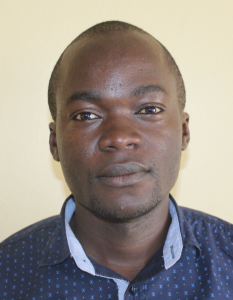The area near Busingo spring in the Vihiga region of Western Kenya is vegetative with many indigenous trees. The roads are not tarmac [paved], and most houses in this community are clay. Tea plantations provide the main source of income for community members, with a few growing other crops like bananas and sweet potatoes.
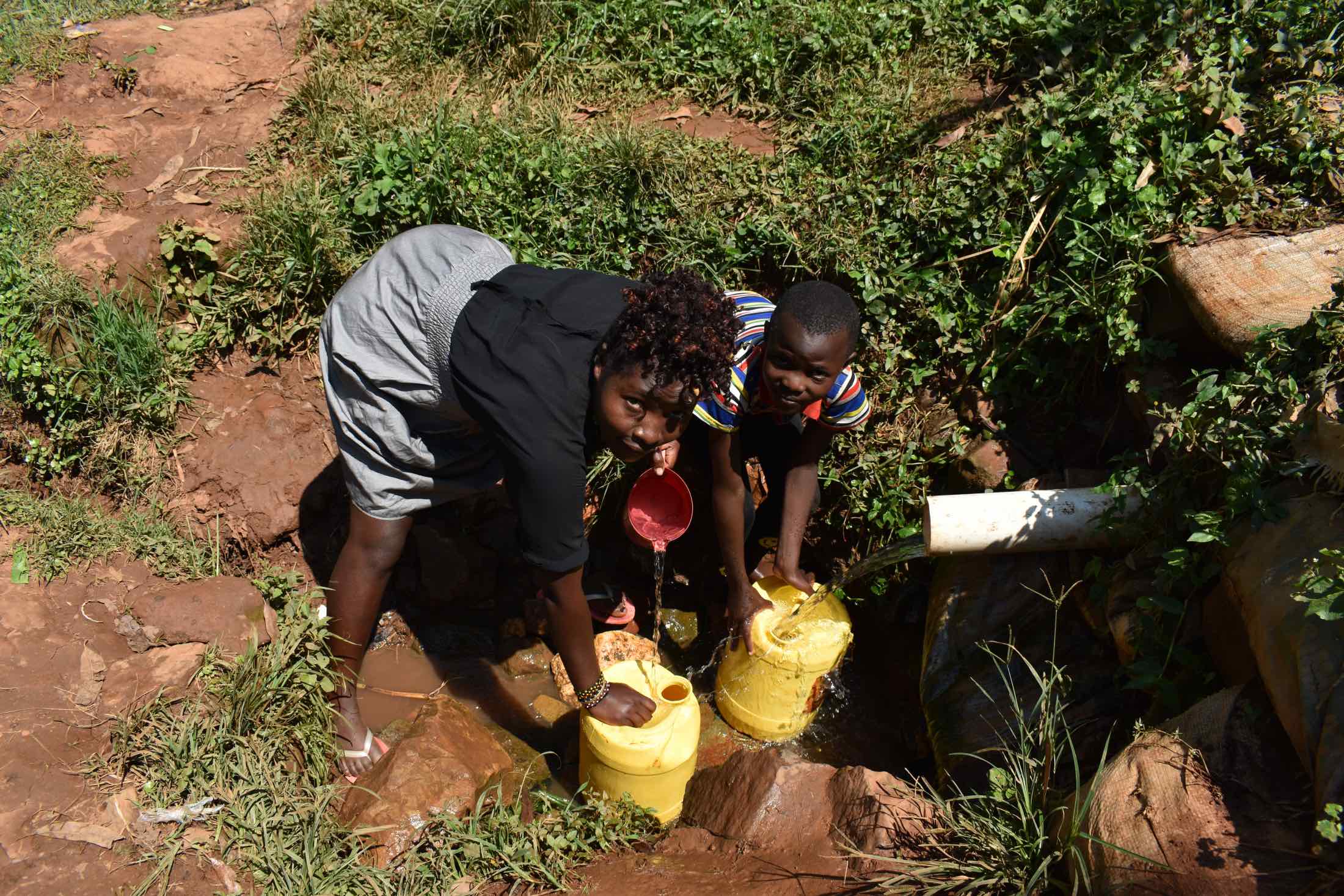
The normal daily routines of the 154 community members accessing this water point are affected by the lack of clean, safe water. The water source is overcrowded, especially during the morning hours, so collecting water before attending to work activities that supply their daily bread is time-consuming. Collecting enough water for drinking, cooking, washing clothes, bathing, and washing utensils [dishes] is challenging, especially for those who travel long distances.
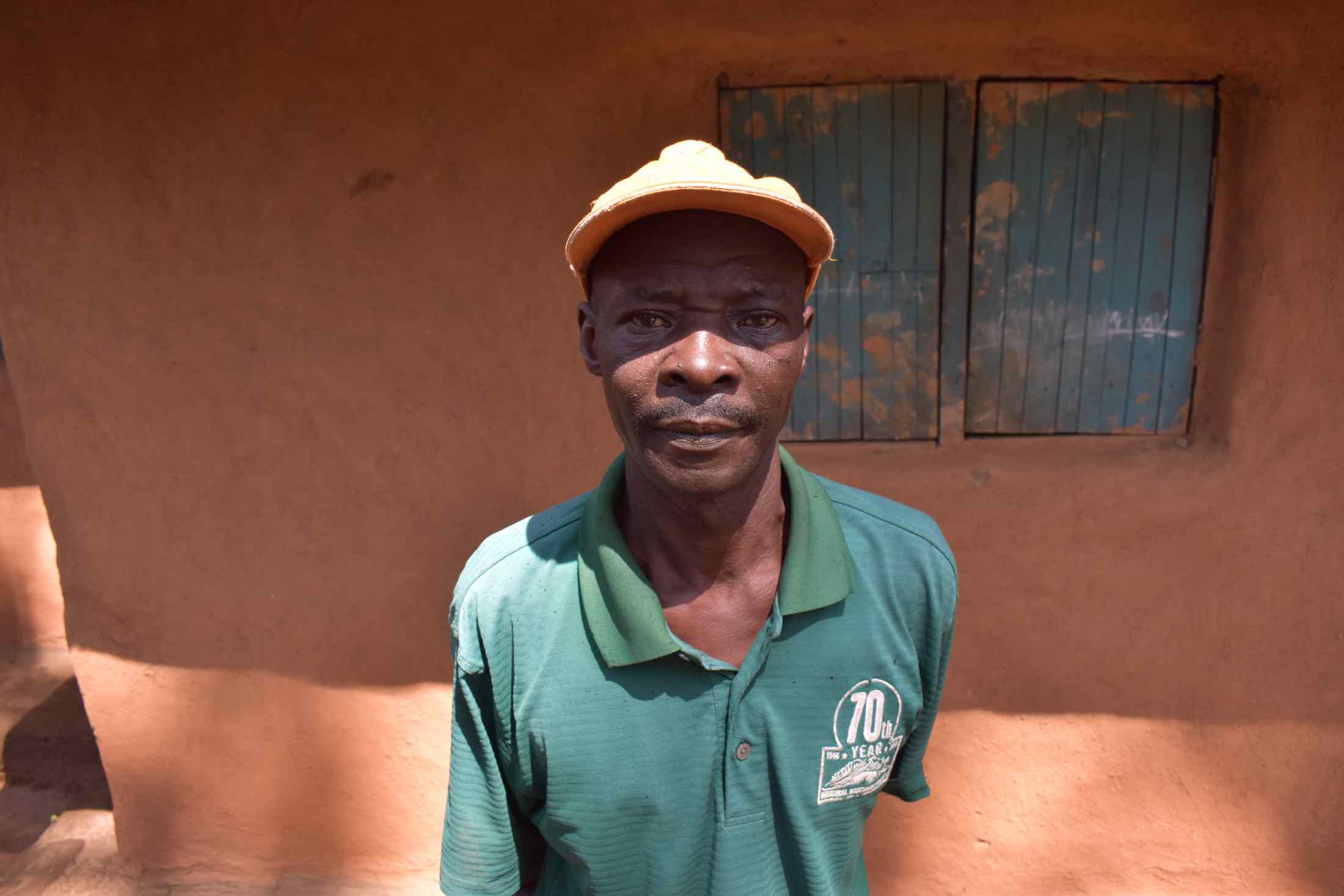
"We have really suffered as a community due to lack of clean and safe water. This has really affected our hygiene standard; people skip bathing daily, washing clothes, utensils, etc. The majority of people cannot practice agribusiness activities due to lack of enough water," said Daudi Azani, a local farmer (shown above).
Once getting near the spring and waiting their turn, the collection area is not easy to access due to its steepness and lack of stairs. The area is open to contamination, which contributes to poor health, and people contracting diseases such as cholera and typhoid.
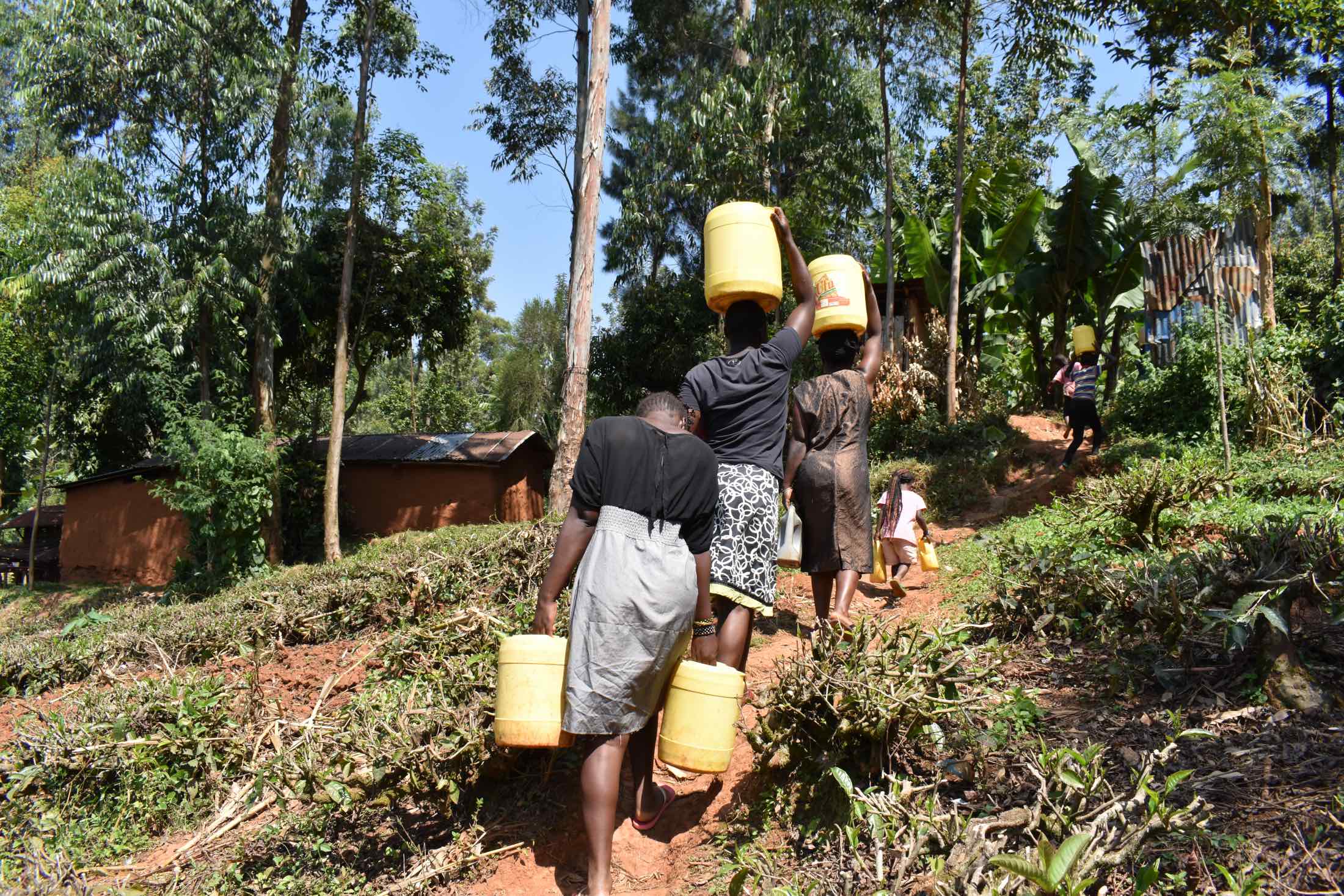
"I have been affected mostly by this water source, especially the time when [I] am supposed to be in school, but due to lack of clean uniforms, I end up being absent. This contributes to poor performance in many activities, more so academics. It has also contributed to the outbreak of diseases amongst ourselves and the community at large, i.e., typhoid, sore throat, cholera, etc.," said Dorothy M., a local student (shown below).
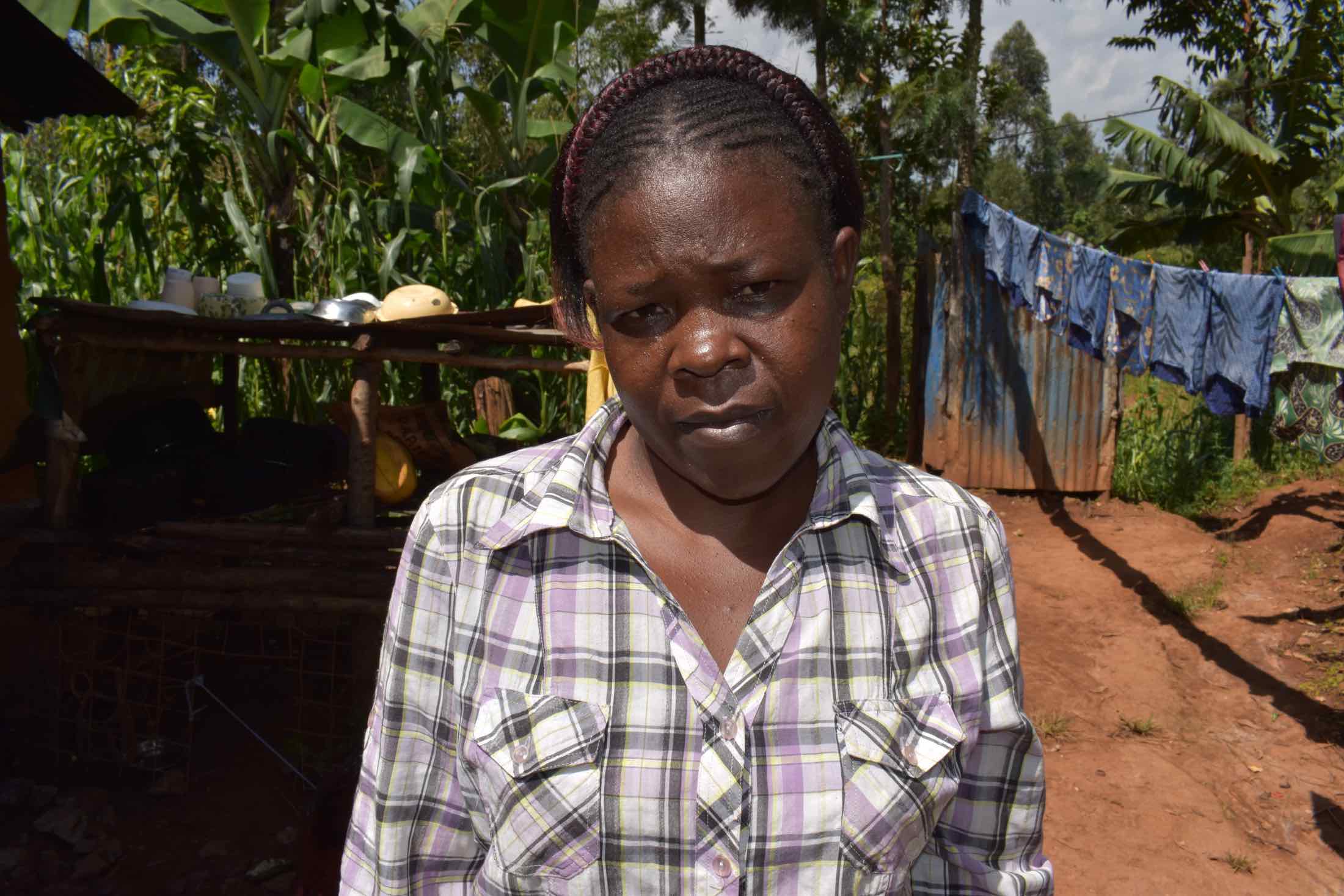
What We Can Do:
Spring Protection
Protecting the spring will help provide access to cleaner and safer water and reduce the time people have to spend to fetch it. Construction will keep surface runoff and other contaminants out of the water. With the community’s high involvement in the process, there should be a good sense of responsibility and ownership for the new clean water source.
Fetching water is a task predominantly carried out by women and young girls. Protecting the spring and offering training and support will, therefore, help empower the female members of the community by freeing up more of their time and energy to engage and invest in income-generating activities and their education.
Training on Health, Hygiene, COVID-19, and More
To hold trainings during the pandemic, we work closely with both community leaders and the local government to approve small groups to attend training. We ask community leaders to invite a select yet representative group of people to attend training who will then act as ambassadors to the rest of the community to share what they learn. We also communicate our expectations of physical distancing and wearing masks for all who choose to attend.
The training will focus on improved hygiene, health, and sanitation habits in this community. We will also have a dedicated session on COVID-19 symptoms, transmission routes, and prevention best practices.
With the community’s input, we will identify key leverage points where they can alter their practices at the personal, household, and community levels to affect change. This training will help to ensure participants have the knowledge they need about healthy practices and their importance to make the most of their water point as soon as water is flowing.
Our team of facilitators will use a variety of methods to train community members. Some of these methods include participatory hygiene and sanitation transformation, asset-based community development, group discussions, handouts, and demonstrations at the spring.
One of the most important issues we plan to cover is the handling, storage, and treatment of water. Having a clean water source will be extremely helpful, but it is useless if water gets contaminated by the time it is consumed. We and the community strongly believe that all of these components will work together to improve living standards here, which will help to unlock the potential for these community members to live better, healthier lives.
We will then conduct a small series of follow-up trainings before transitioning to our regularly scheduled support visits throughout the year.
Training will result in the formation of a water user committee, elected by their peers, that will oversee the operations and maintenance of the spring. The committee will enforce proper behavior around the spring and delegate tasks that will help preserve the site, such as building a fence and digging proper drainage channels. The fence will keep out destructive animals and unwanted waste, and the drainage will keep the area’s mosquito population at a minimum.

 Protected Spring
Protected Spring
 Rehabilitation Project
Rehabilitation Project










